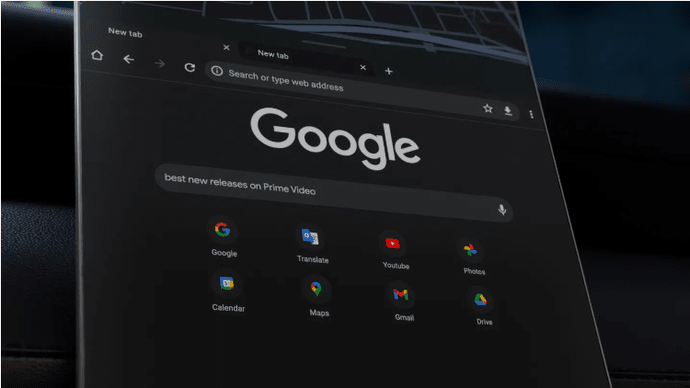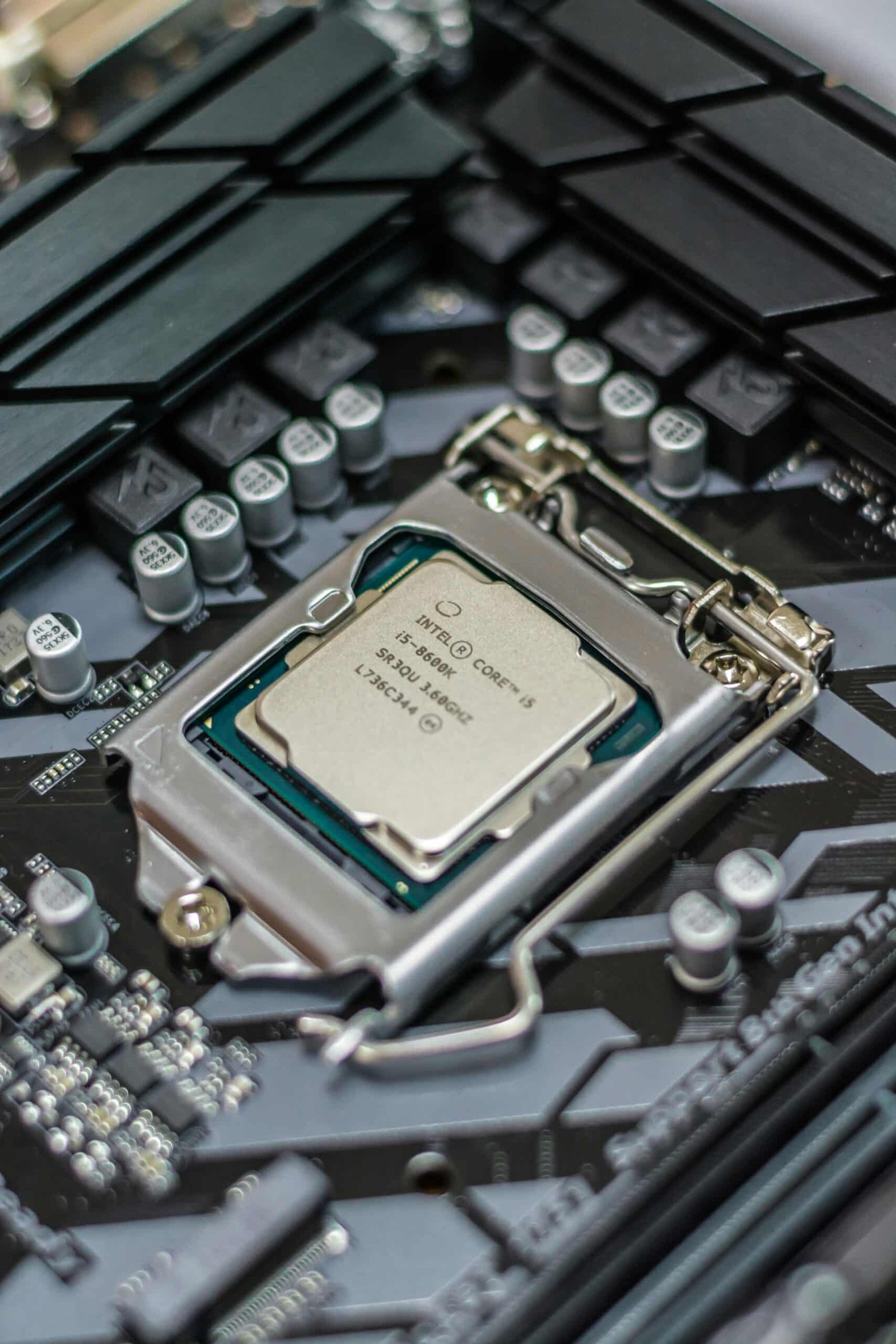Chrome Integration in Cars
Google is revolutionizing the driving experience by seamlessly integrating its Chrome browser into vehicles equipped with native Android apps, commencing with a focus on Volvo and Polestar models. This groundbreaking move not only enhances the browsing capabilities within cars but also introduces novel ways for electric vehicle (EV) owners to share real-time battery information through Android Auto.
The Unveiling at CES 2024: Advancements in Android Auto
At the CES 2024 event, Google unveiled a host of new features aimed at enhancing the Android Auto experience for users in their vehicles. This extends to both Android Auto phone mirroring for conventional cars and those already embedded with Google’s native Android software.
Real-Time Battery Insights: A Boon for Electric Vehicle Owners
A significant development is the upcoming ability for EV owners to share real-time battery information directly with Google Maps via Android Auto. This feature provides users with an estimate of the remaining battery capacity upon reaching their destination. Initially available for cars with Google built-in, this functionality will soon extend to Android Auto users, beginning with the Ford Mustang Mach-E and F-150 Lightning in the coming months, with broader compatibility for other EVs in the near future.
Seamless Navigation with “Google Built-In”
Owners of vehicles with native Google apps, colloquially termed “Google built-in,” can now effortlessly send driving directions from their smartphones directly to their cars. This feature is operating system agnostic, ensuring compatibility for users with both iPhones and Android devices.
The term “Google built-in” serves as the marketing moniker for Google Automotive Services (GAS). GAS is a licensed product offered to car manufacturers, providing them with essential features such as Google Maps, Google Assistant, and the Google Play Store as default options on their infotainment screens. GAS operates atop Android Automotive, the native operating system integrated into the vehicle.
Chrome Browsing: A Much-Awaited Addition
Excitingly, Chrome browsing is set to debut in specific vehicles equipped with Android Automotive, starting with select Volvo and Polestar models. Polestar CEO Thomas Ingenlath expressed the company’s anticipation for this integration, highlighting the convenience of the Chrome browser, intricately connected to user accounts and enriched with personalized preferences.
Diversification of Apps in “Google Built-In” Cars
Google is not only enhancing the browsing experience but also expanding the app repertoire for cars with Google built-in. New additions include video streaming services like PBS Kids, Crunchyroll, and The Weather Channel app.
Ongoing Innovations Amidst Challenges
Google’s commitment to innovation is evident through the steady addition of features to both Android Auto and Google built-in over the past few years. However, these advancements come at a time of uncertainty in the realm of in-car software. Safety experts have expressed concerns about potentially distracting interfaces, leading major automakers like GM to impose restrictions on access to phone-mirroring programs such as Android Auto and Apple CarPlay.
In conclusion, Google’s integration of Chrome into cars signifies a transformative leap in in-car technology. As the company continues to innovate, challenges posed by safety concerns underscore the delicate balance required to ensure a seamless and secure driving experience for users.
Click Here to Read More Articles: truereviewmagazine.com










